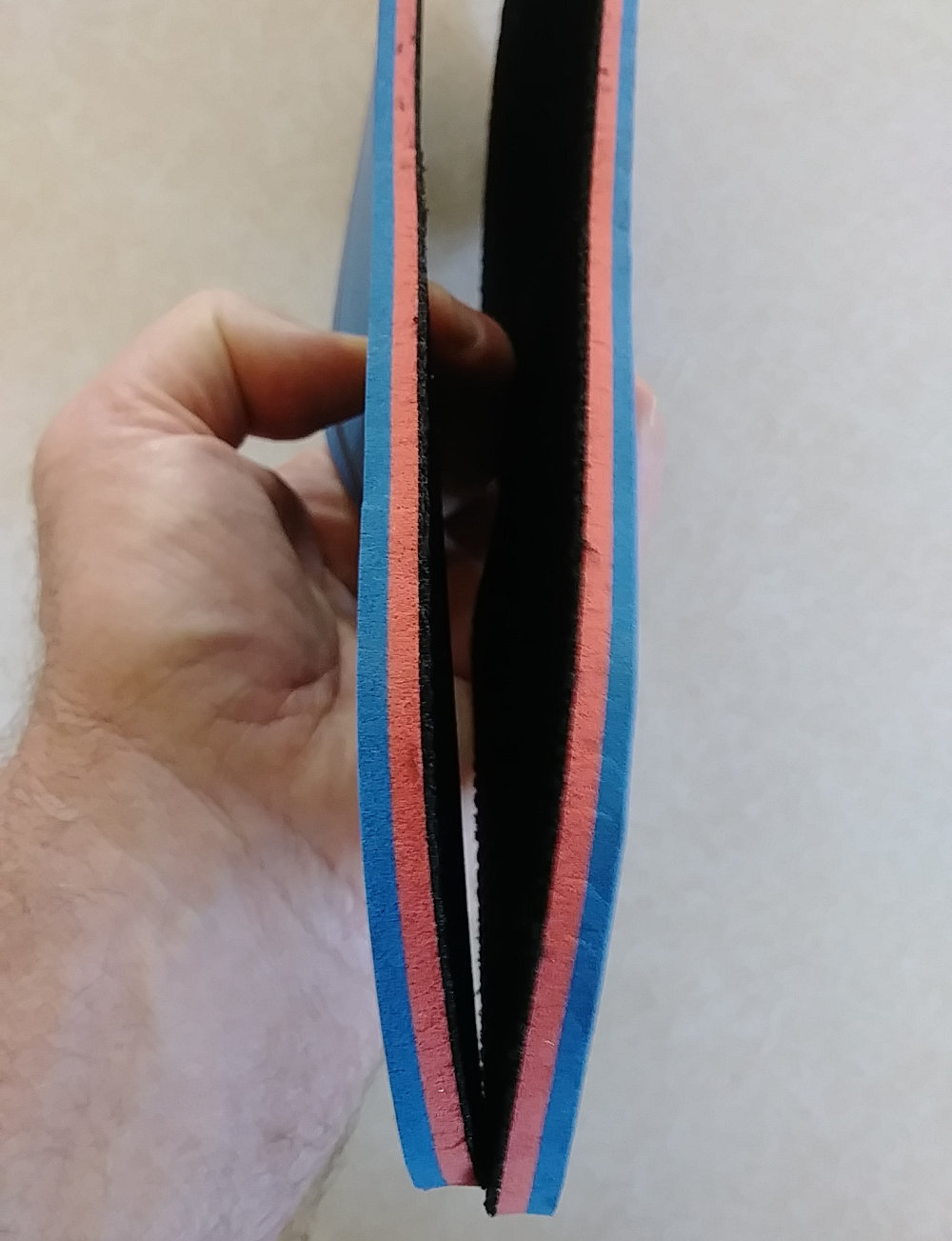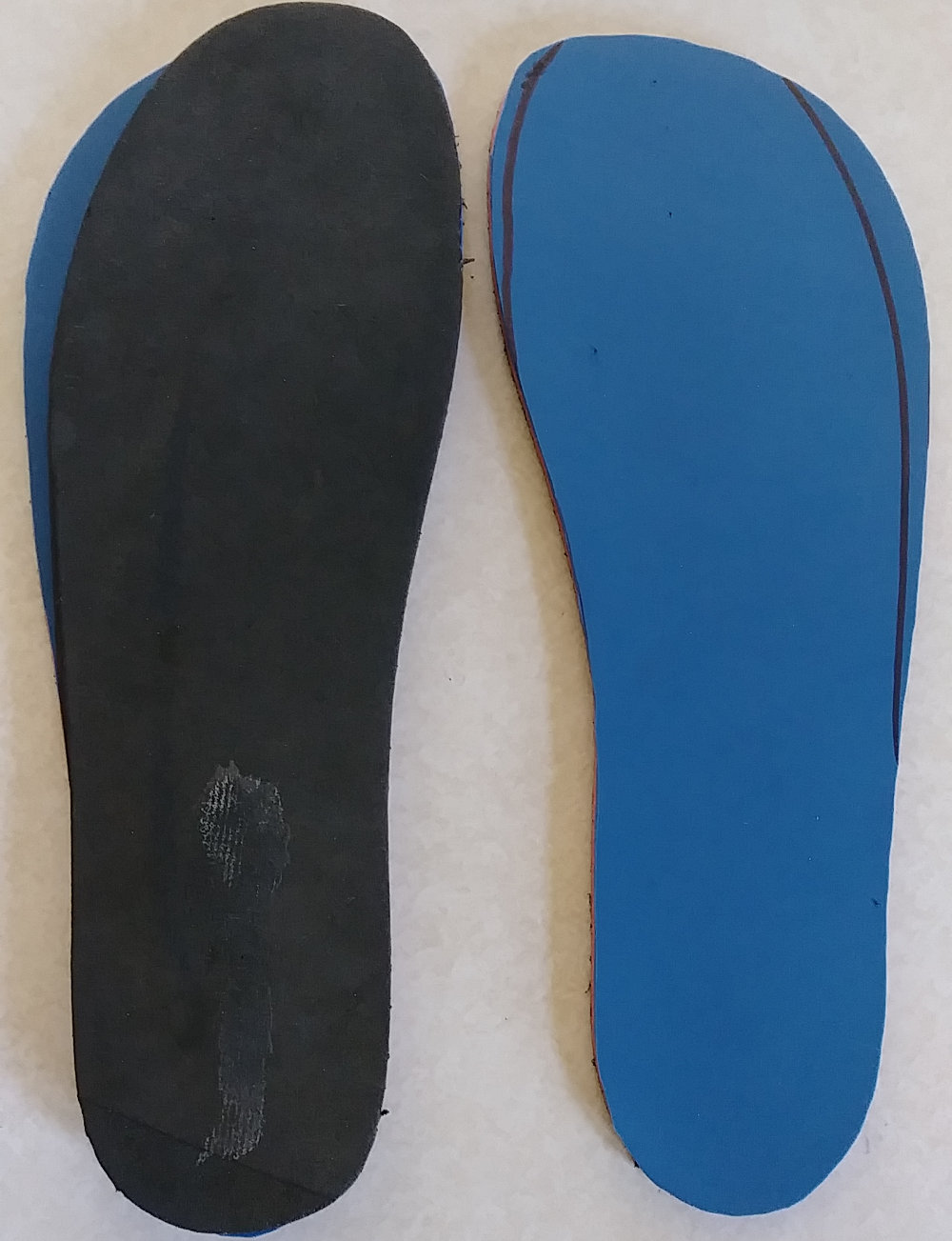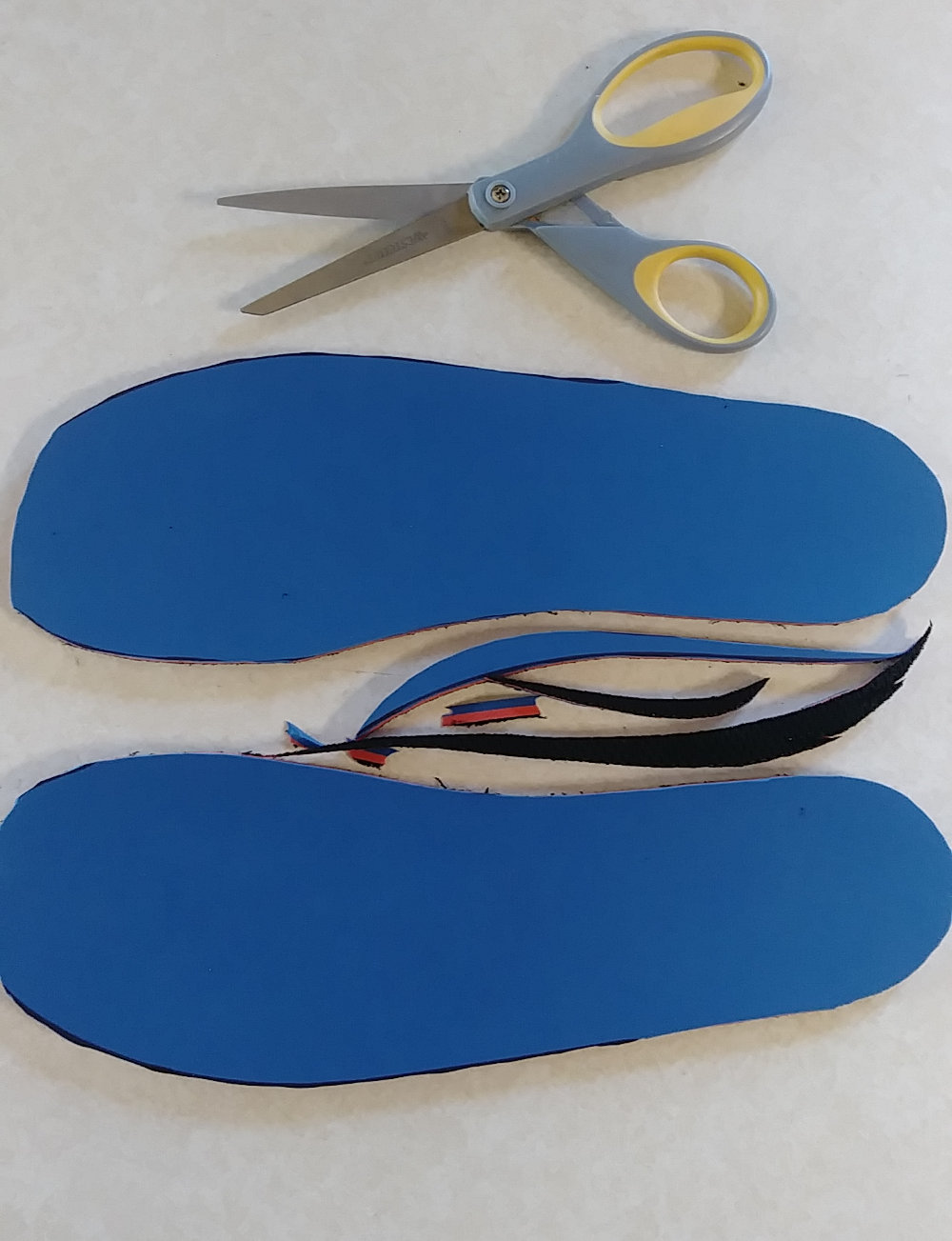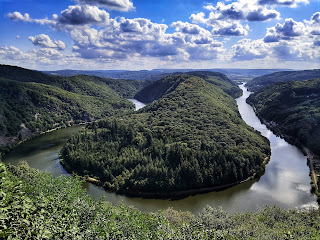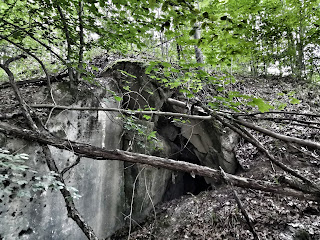What You Should Always Keep Raw Honey In Your Survival Backpack
When it comes to emergency preparedness, I can always count on my group to function as one squared away team. We spend a great deal of time training and testing out new gear. We keep what works a discard the rest. It is an ongoing process that keeps us proficient with our skills and continually learning new ones. This type of lifestyle is required if we hope to bode well during any crisis. It’s not just practice that will get us where we need to be… It’s perfect practice that will truly make all the difference. One aspect many don’t consider is nutrient-rich foods like raw honey when preparing their go backpacks. Read on to learn why raw honey is so valuable!
Benefits of RAW Honey For Survival
As the leader of my little group, I am continually evaluating what our teams’ strengths and weaknesses are. As humans, we generally like to work on things that we are not only familiar with, but also proficient in. When it comes to the flipside of the coin, and we need to exploit our weaknesses… Well, let’s just say that the process becomes a whole lot more difficult. Knowing this, I tend to integrate the skill sets that our group is lacking in, bundled with the skills that they feel that they have mastered.
I abide by the philosophy of – Give them what they think they want while integrating exactly what they need!
When it comes to the skill sets that we are lacking in, there are certainly quite a few. But if you held me to the fire and asked me to limit my response to only two aspects… They would be food intake and physical fitness. Luckily, when my group is with me in the field, they get plenty of physical preparedness exercise. But when it comes to their food intake and nutrition, which is difficult for me to monitor, It would certainly top my list of:
“Issues that need to be addressed within my preparedness group.”
I focus on nutrition principles as opposed to diets with my NTC Method. Diets are temporary and nutrition principles are much easier to integrate into a lifestyle. One of the principles that I suggest to my NTC Members is to integrate RAW honey into their diet. RAW honey has an amazing amount of benefits that are important to anyone’s health. However, when it comes to those of us focused on survival and emergency preparedness, it would be difficult to find one complete food, that can assist us in our mission, as much as RAW honey can.
I was in Western Europe a couple of weeks ago. I was there for teaching purposes as well as to catch up on some much needed R&R. Whenever I go to this specific area in Portugal, I search the local markets for their infamous RAW honey. I first had some of this magical concoction nearly a decade ago. I had never tasted anything like it before and have yet to come across its equal. The bees that make this honey feed off of the local eucalyptus trees. Not only is the taste amazing, but the health benefits are something that every survivalist would want to take advantage of.
On this recent trip to Portugal, I was able to track down the beekeeper for this wonderful substance and he offered to teach me a bit about his bee colonies. I eagerly suited up in one of his beekeeping suits and began my educational tour. It wasn’t long before we ran into some wasps that were attacking one of the colonies. I was told that each wasp eats approximately 60 bees per day. As you can imagine, this can wreak havoc on any bee colony. If the wasp issue is not addressed quickly, they can wipe out the specific bee colony and eventually… All of them.
The beekeeper showed me how he not only finds, but also destroys wasp nests. Wasps have a knack for cover and concealment. Within a couple of months, they can build a nest that hosts thousands of wasps. Luckily, my beekeeper friend knows exactly how to address these unwanted visitors. Not only is he proficient at finding and destroying the wasp nests, but he can also battle them one on one like a UFC fighter in the octagon… And yes, my beekeeper buddy Always Wins! 
I knew how important bees were to the existence of humans and our ecosystem in general. I realized that bees are our major pollinator. Without bees, many of our crops would be lost and the world would cease to exist; At least in the way that we currently know it. Pesticides are also another culprit that are jeopardizing our bee population. As I toured the bee colonies the beekeeper, Joaquim, showed me various crops that he was growing in the area. He explained to me that he will never use any foreign pesticides on his crops. Not only would those toxic chemicals devastate his bees but they are also detrimental to our health.
No products found.
Let’s Get Back To The Magical Honey…
My tour was coming to an end and I was overwhelmed and even saddened by much of the information that I learned. We tend to take many things for granted, but on a whole, We truly need to start addressing these matters that affect our health.
Without our health… What do we truly have?
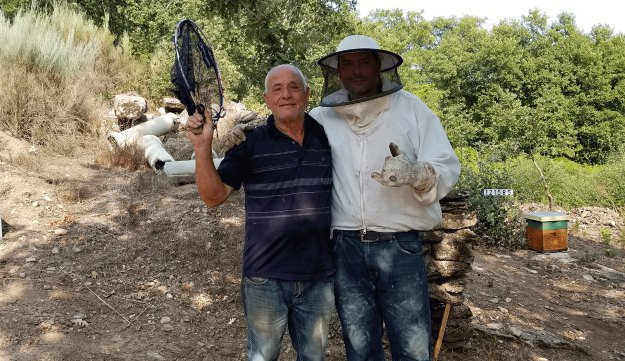
As we got back to the starting point of my educational tour, Joaquim had a few items for us to taste. As you can imagine, I was excited since I already knew a bit of what he had in store for us. Joaquim laid out a tray of delicacies and if I attempted to explain the taste, I would just be wasting words on paper. He had locally sourced cheese, freshly baked bread, a homemade red wine that any sommelier would approve of -and of course… The prized honey that makes me drool just by thinking of it.
I was certainly privileged to have had this experience. Not only was it educational, but it was also surreal in many ways. What we take for granted on a daily basis can make all the difference in the world for our current and future population. I had a detailed list of reasons why I keep RAW honey in my go bag at all times. Once I was done with this experience, I was able to add to that list and also solidify my other reasons for honey’s inclusion in my pack.
I would like to share a few of my reasons for having RAW honey on me at all times while in the field.
Reasons Why I Always Keep RAW Honey In My Go Bag
1. Honey Is Filled With Phytonutrients:
The honey that I am referencing here is RAW. This means that the honey is 100% pure and has never been heated, pasteurized or processed. Many people feel that honey is honey and head to the local grocery store for a small jar shaped like a bear. Please keep in mind that this type of honey is basically refined sugar. RAW honey contains health-boosting phytonutrients that get destroyed during the refining process in most honey currently available at the grocery store.
Phytonutrients are basically compounds produced by plants in order to protect themselves from disease, germs, bugs and other negative issues. When we consume these phytonutrients, it gives our immune system a boost and helps to protect us from disease. RAW honey has a plethora of phytonutrients that when consumed and even topically applied in some instances, can go a long way in keeping us healthy.
No products found.
2. Honey Soothes A Sore Throat
When spending the night in the field, I sometimes wake up with a sore throat. It could be caused by the weather or even a bunch of yelling that I did the day before. I prefer coffee in the morning but if I feel the onset of a sore throat, tea with RAW honey is always my first choice.

The RAW honey has a way of instantly coating the throat, giving me immediate relief. It also has the health benefits that we have been mentioning in this article that will give my system a boost and help to fend off any other symptoms that I may experience from an oncoming cold.
No products found.
3. Honey Doesn’t Spoil Or Expire
Once again, I am referring to RAW honey when I state that honey does not spoil or expire. As long as it is sealed correctly and is kept away from direct heat, your honey can last forever! I realize that some RAW Honey brands in the grocery stores affix expiration, or best used by labels. However, this is a requirement by our government. Even salt and pepper have an expiration label at the grocery store.
Since I have been aware of this info for quite some time, RAW honey has been a part of my go bag for years! I do not have to worry about spoilage and I know that I can count on my RAW honey to make my mission a bit healthier and of course, much tastier!
4. Honey Is An Antibiotic/ Antimicrobial
Since ancient times, RAW honey has been used to accelerate healing. When RAW honey is applied to a wound, its antibacterial properties keep the wound moist and helps it to heal much faster. RAW honey also has a high viscosity which helps it to form a protective layer which aids in deterring infections.
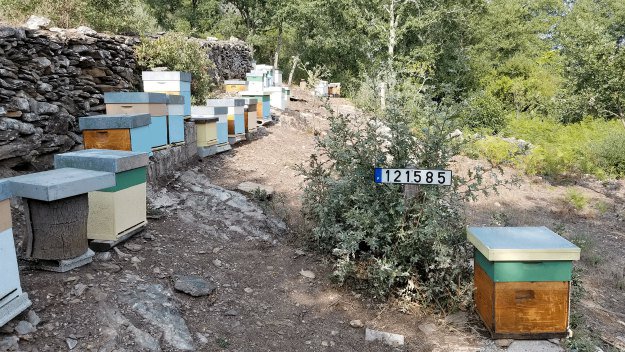
“There are many reports of honey being very effective as dressing of wounds, burns, skin ulcers and inflammations; the antibacterial properties of honey speed up the growth of new tissue to heal the wound”(1)
Realizing how effective these antibiotic properties are in RAW honey make it a no-brainer when it comes to it being a staple in all of my go bags.
No products found.
5. Honey Is A Preservative
Once again, our ancient society had a pretty good grasp on many of the benefits of RAW honey. One facet is that the ancients realized that honey makes a great preservative. Since there is such a high amount of concentrated sugar in RAW honey, it combats bacteria and yeast and keeps it from contaminating the honey. The process is known as osmosis and is certainly a benefit of having RAW honey with you during a SHTF scenario.
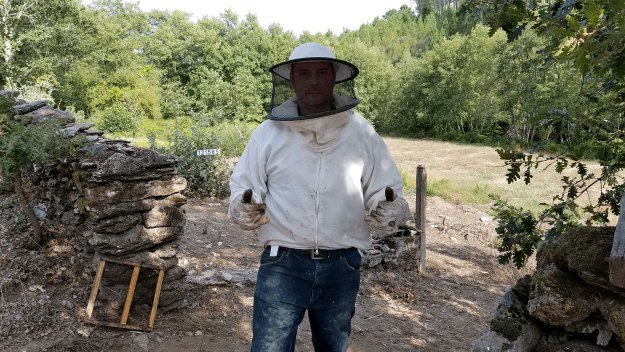
6. Honey Is An Energy Booster
Whether you are out on the trail in a recreational or emergency situation, an energy boost is usually welcomed. It helps with morale as well as getting the mission completed in a timely fashion. RAW honey is packed with energy giving carbohydrates. Honey’s natural sugars help to combat fatigue while work is being performed. Glucose, which is contained in honey, gets absorbed rather quickly by the body which turns into immediate energy for us.
7. Honey Adds Flavor To Bland Foods
Along with all the health benefits, RAW honey happens to taste incredibly good! By having a jar of RAW honey in my backpack, I have countless recipes that I can use to make food that generally tastes bland, into something that tastes like a piece of gourmet dessert. I have used honey to dress up a bland piece of fish. I have used it in stews to give them a bit of sweetness when other seasonings were not available. Of course… It also turns a regular cup of tea into a much sought after treat; especially on those rainy and lonely days in the field.
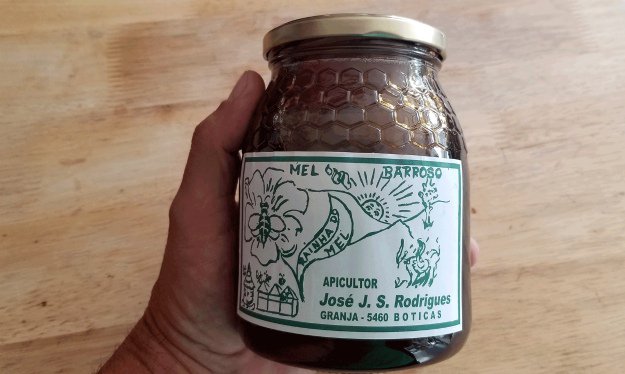
Bottom Line:
The list of RAW honey benefits is vast and seems to grow each year. We need to realize the great benefits that we receive from honey but we also need to be aware of what is going on with its source. If we continue to turn a blind eye to the destruction of our bee population, we will be getting rid of a lot more than just a superfood… We will also be jeopardizing life for not only us but also for the ones that we love.
*(1) Work Cited: Lusby PE, Coombes A, Wilkinson JM. Honey: A potent agent for wound healing? J Wound Ostomy Continence Nurs. 2002;29:295–300.
What You Should Always Keep Raw Honey In Your Survival Backpack Read More »

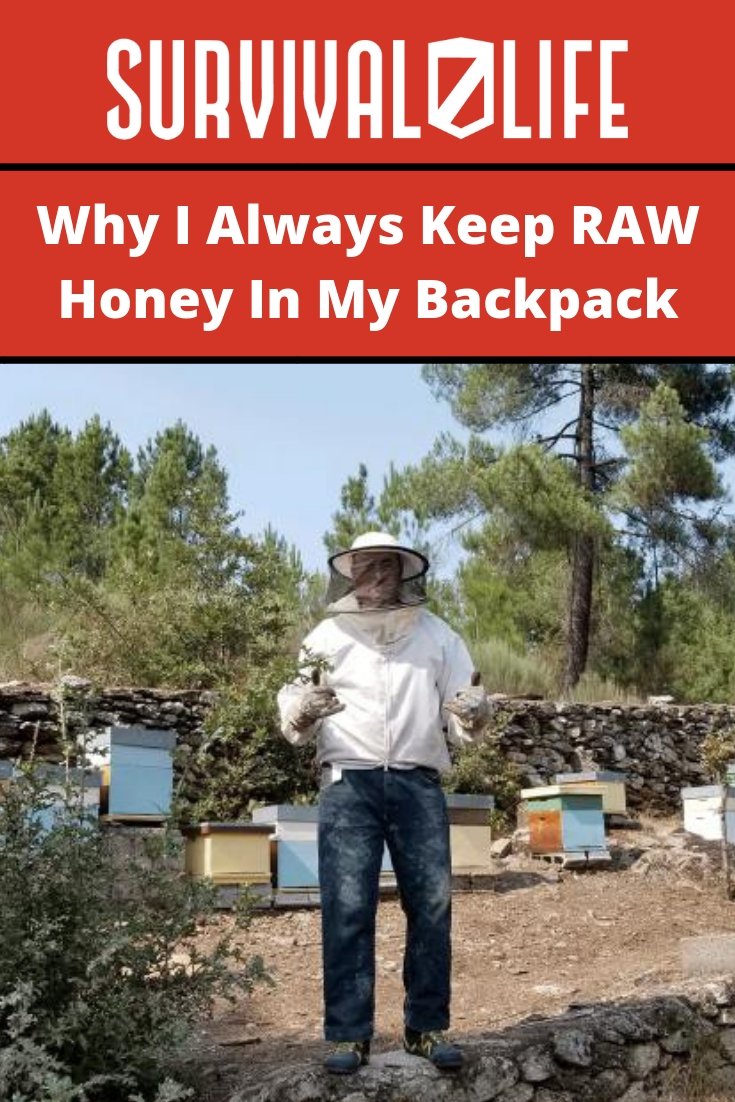
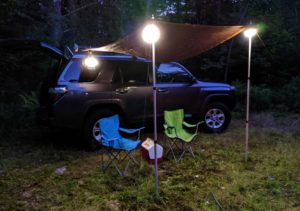 I like knowing I can step into my vehicle and comfortably get by for a day or two with what I have stowed away. I have toyed with the concept of a
I like knowing I can step into my vehicle and comfortably get by for a day or two with what I have stowed away. I have toyed with the concept of a 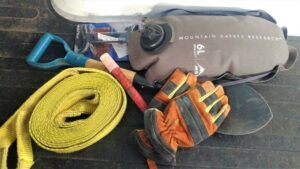 I never realized
I never realized 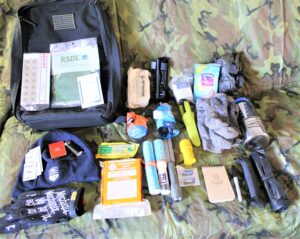
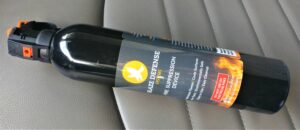 I keep an MSR 6 Liter dram in the tool box, since I call the desert home now. I’ve been glad I had it on several overnight trips where I misjudged how much water I would need. The
I keep an MSR 6 Liter dram in the tool box, since I call the desert home now. I’ve been glad I had it on several overnight trips where I misjudged how much water I would need. The 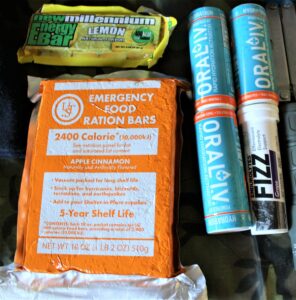
 When I upgraded my hiking kit to lighter and better gear, a lot of it went here. The mindset for this bag is I may need to spend a night or two near my truck and take the Chevro-legs home. It’s not set up for super cold weather, but it’ll get me by in the springtime or early fall. I keep it in a GoRuck Rucker. There are better bags, certainly for the money. This bag was expensive as shit, but it’s tough and I like the size. It won’t go belly up on me when I need it. It fits perfectly behind a truck seat or under a plane seat. A light and warm
When I upgraded my hiking kit to lighter and better gear, a lot of it went here. The mindset for this bag is I may need to spend a night or two near my truck and take the Chevro-legs home. It’s not set up for super cold weather, but it’ll get me by in the springtime or early fall. I keep it in a GoRuck Rucker. There are better bags, certainly for the money. This bag was expensive as shit, but it’s tough and I like the size. It won’t go belly up on me when I need it. It fits perfectly behind a truck seat or under a plane seat. A light and warm 